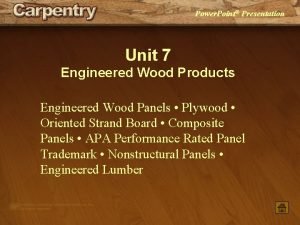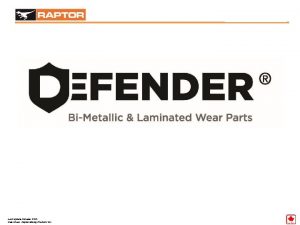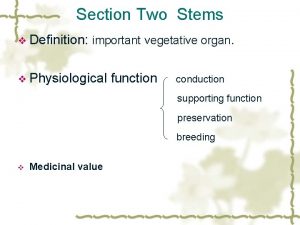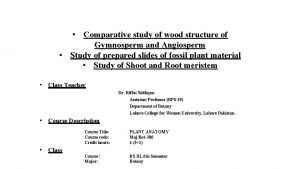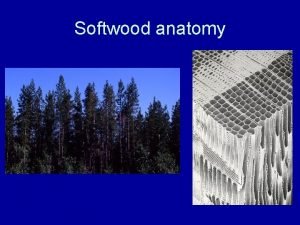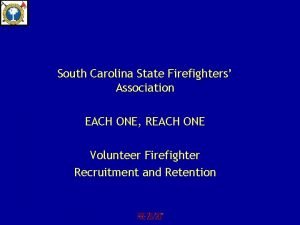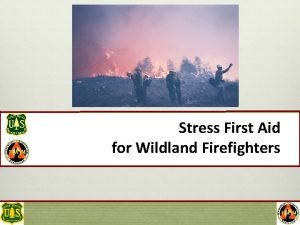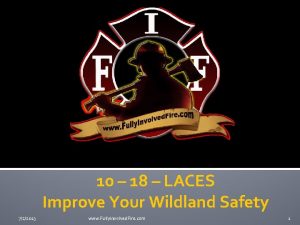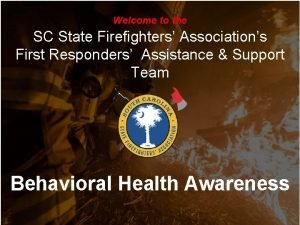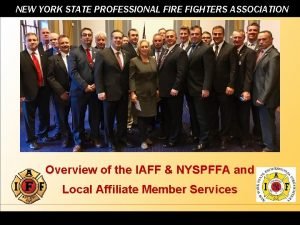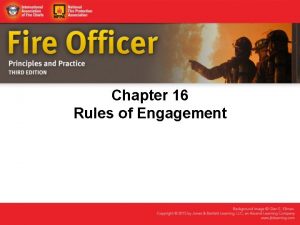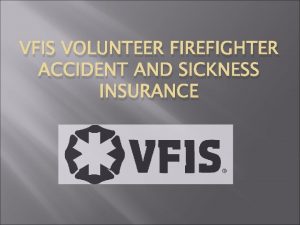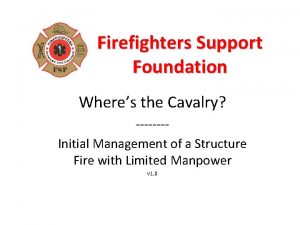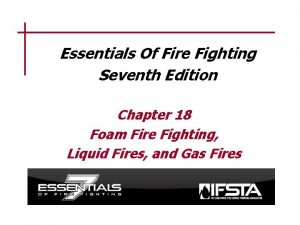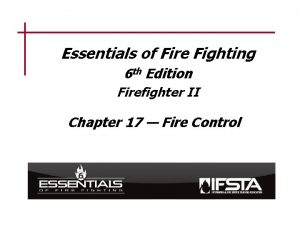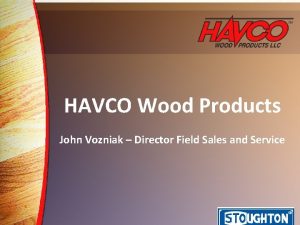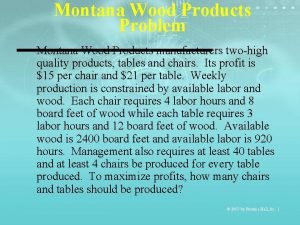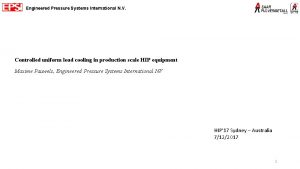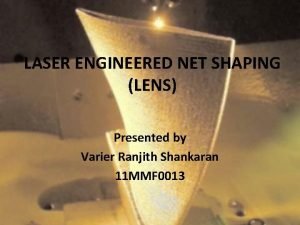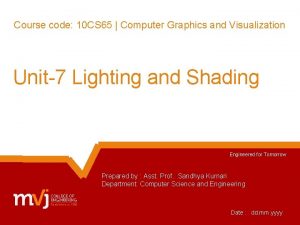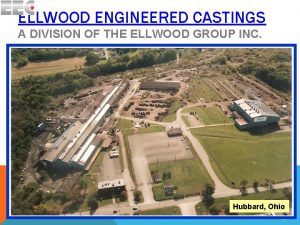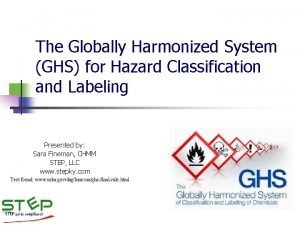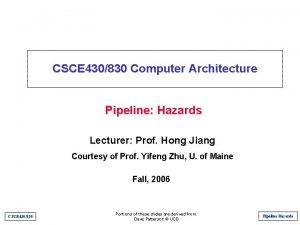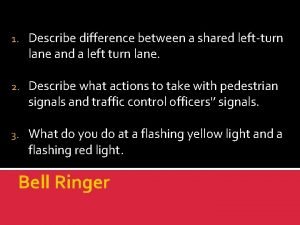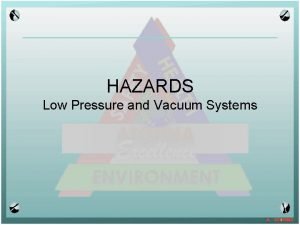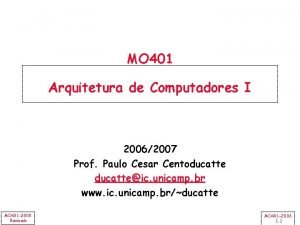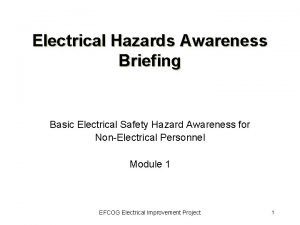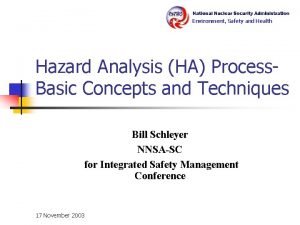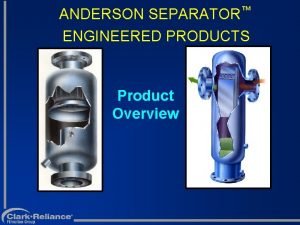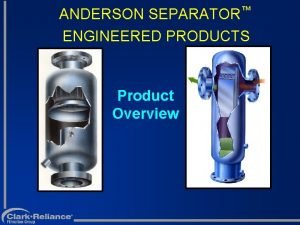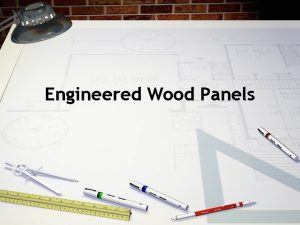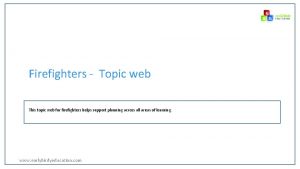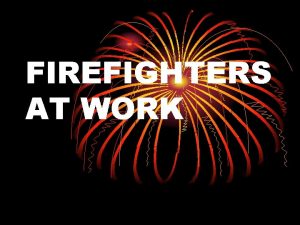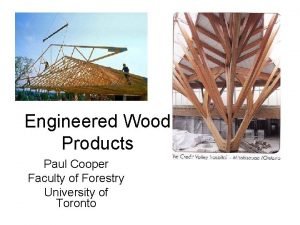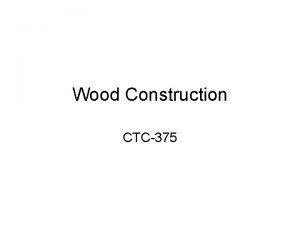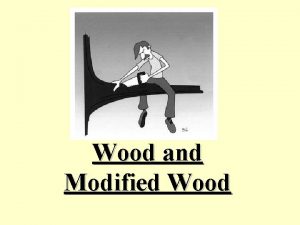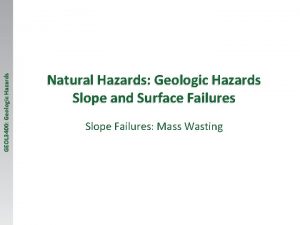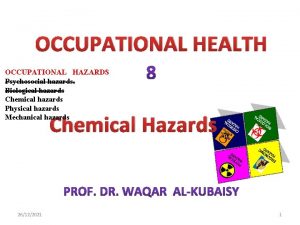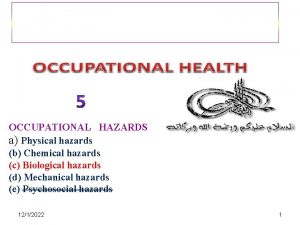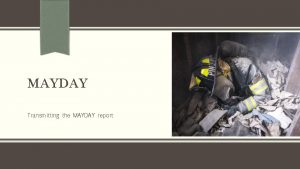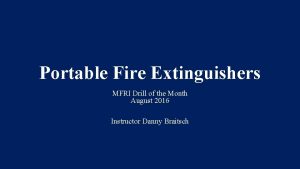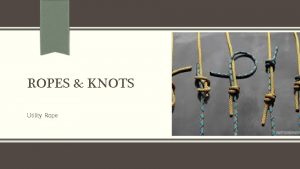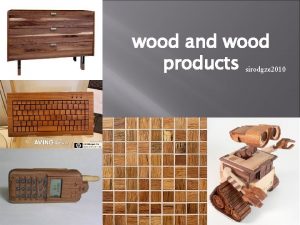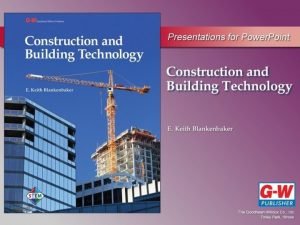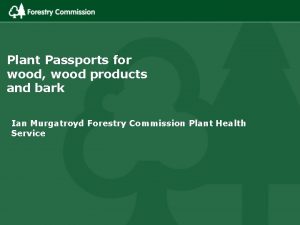Hazards to Firefighters from Engineered Wood Products MFRI









































- Slides: 41

Hazards to Firefighters from Engineered Wood Products MFRI DRILL OF THE MONTH – OCTOBER 2017

Engineered Wood Products are taking the Building Industry by storm Some obvious advantages: light weight equal or better load bearing capacity environmental friendliness 2

3 BUT, there are some serious concerns when FIRE enters the equation!

Laminated Veneer Lumber (LVL) Basically a beam made of plywood Dimensionally stable with no splitting or warping Because of construction it can be longer than conventional solid beams Very high strength 4

Parallel Strand Lumber (PSL) Laminating veneer that is clipped into long strands High bending strength All strands parallel to the long axis of the lumber Used for beams, headers and columns 5

Laminated Strand Lumber (LSL) Similar to PSL Utilizes wood flakes instead of long strands Not as strong as LVL or PSL Pressed into large mats or billets, then cut to size Used for studs and millwork 6

7

Oriented Strand Lumber and Board (OSL & OSB) Flakes of wood pressed together to make a sheet or lumber Virtually the same as LSL Used for flooring, decking, studs and millwork 8

9

Glulam Laminating layers of solid wood to make a larger component Heavy beam similar to older heavy beams, but made from smaller pieces Used to make arches and exposed beams Does not quickly degrade in heat 10

Everyday Uses in Construction Glulam ridge with Composite I-beam rafters 11

12 LVL beam with composite I-beam floor joists

13 PSL beams with conventional sawed lumber joists and OSB flooring

14 Composite I-beams. This model has web and flanges made of engineered lumber. Flanges can also be of conventional sawed lumber and webs can be of plywood

15 Wood trusses with OSB decking. This model is made of sawed lumber, but we are now seeing them made completely of engineered wood members.

16 Engineered wood studs

17 An example of all engineered wood construction Studs, Headers, Beams, Sheathing, Flooring— ALL ENGINEERED WOOD!

And It’s Not Just Single-family Homes Condominiums 18

19 Multi-family Apartments

20 Combination Commercial and Apartments

21 Large Multi-Family

22 The List Goes On. . . On a side note, notice the lack of apparatus access!

Implications to the Firefighter Open trusses and I-beams provide more voids for fire spread Softer woods burn faster and more intensely Large open areas in current designs provide a ready oxygen source Exterior siding materials melt easily and expose sheathing to heat Engineered products lack mass and burn quicker 23

Underwriters Laboratory Tests 12 fire furnace tests of various construction assemblies Measured time to collapse Fires simulated typical fully-involved contents fire utilizing ASTM E 199 criteria 1000°F at five minutes 1700° F at 60 minutes 24

25

26 12 -inch wood I-beam floor without ceiling below Note: the two firefighters are mannikins placed for the test Collapse time = 6 minutes and 3 seconds!!

27 Note the extreme deflection of the floor The center web of the Ibeam is completely burned through

Typical gusset plate teeth are less than one inch Metal gusset plates are 18 gauge or 1/20 of an inch thick! 28

29 METAL TEETH CONDUCT HEAT INTO THE WOOD FIBERS CAUSING RAPID FAILURE

30 Failure of OSB sheathing causes loss of support and shingles collapse into opening

31 OSB flooring completely destroyed between floor joists

32 Notice that the temperature on the surface is only 85° F (1200 ° F+ below) just prior to the floor collapse!

33

34

How Should This Affect Your Next Response? Keep These in Mind: 35 There may be no warning of imminent collapse. Flooring and roofing materials may insulate sufficiently so the surface temperature may give no indication of the heat and damage below Due to the quick deterioration of the engineered materials, THERE IS NO MARGIN OF SAFETY. Some elements have failed in as little as six minutes in test situations. Much new residential construction has the same fuel load as commercial structures of the past

Thermal Imaging Cameras DO NOT provide an adequate indication of weakened structures and imminent collapse Fire Codes are minimal or non-existent for Type II and Type V construction in regard to fire resistant floor, roof and exterior assemblies Due to the high fuel loads, you are likely to need additional manpower and high water flows High GPM flows may also weaken the structure as most designs do not have a built-in safety factor 36

37 The average response time in the U. S. is just over 10 minutes Many lightweight structural elements may be near, or have already failed before the first units arrival EVALUATE RISK VERSUS BENEFIT In many cases, the safest recourse is a defensive exterior attack

38 Type V Construction approximately 15 minutes elapsed time

These materials have been called “solidified gasoline” by Fire Chief Steve Lohr, Hagerstown, Maryland, formerly Chief of Mongomery County, Maryland. 39

40 We cannot fight fires like we have done in the past—it’s going to get firefighters injured or killed Tactics need to keep up with the quickly-changing construction industry

41 REMEMBER— EVERYONE GOES HOME!
 Engineered wood products unit 7
Engineered wood products unit 7 Total wear solutions
Total wear solutions Wood wood teenager
Wood wood teenager V
V Esharenet
Esharenet Esau wood poem
Esau wood poem Fusiform rays
Fusiform rays Sc firefighters association
Sc firefighters association Stress first aid for firefighters
Stress first aid for firefighters 18 watchout situations for wildland firefighters
18 watchout situations for wildland firefighters South carolina state firefighters association
South carolina state firefighters association New york state professional firefighters association
New york state professional firefighters association Rules of engagement for firefighters
Rules of engagement for firefighters Vfis firefighters insurance
Vfis firefighters insurance Firefighters support foundation
Firefighters support foundation At a bulk transport incident, firefighters must:
At a bulk transport incident, firefighters must: At a bulk transport incident, firefighters must:
At a bulk transport incident, firefighters must: North america secondary wood products market
North america secondary wood products market Havco wood products vonore tn
Havco wood products vonore tn Wood products examples
Wood products examples Montana wood products association
Montana wood products association Wood products examples
Wood products examples Engineered pressure systems
Engineered pressure systems Engineered in germany
Engineered in germany Engineered castings
Engineered castings Laser engineered net shaping
Laser engineered net shaping Plans used for work that has to do with construction
Plans used for work that has to do with construction Engineered shading
Engineered shading Module 00105 introduction to construction drawings
Module 00105 introduction to construction drawings Ellwood engineered castings
Ellwood engineered castings Functional and innovative products
Functional and innovative products 4ps of pepsi
4ps of pepsi Physical hazards
Physical hazards Hazard and control
Hazard and control A short section of corrugated roadway that warns of hazards
A short section of corrugated roadway that warns of hazards Workplace transport hazards
Workplace transport hazards Low pressure vacuum
Low pressure vacuum Data hazards raw war waw
Data hazards raw war waw Electrical hazards examples
Electrical hazards examples Tcsobjti2hs -site:youtube.com
Tcsobjti2hs -site:youtube.com Pinch points hazards
Pinch points hazards Hazards identification
Hazards identification
